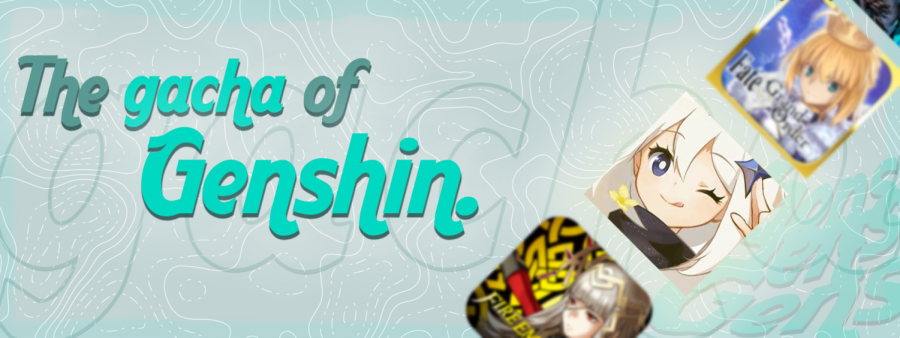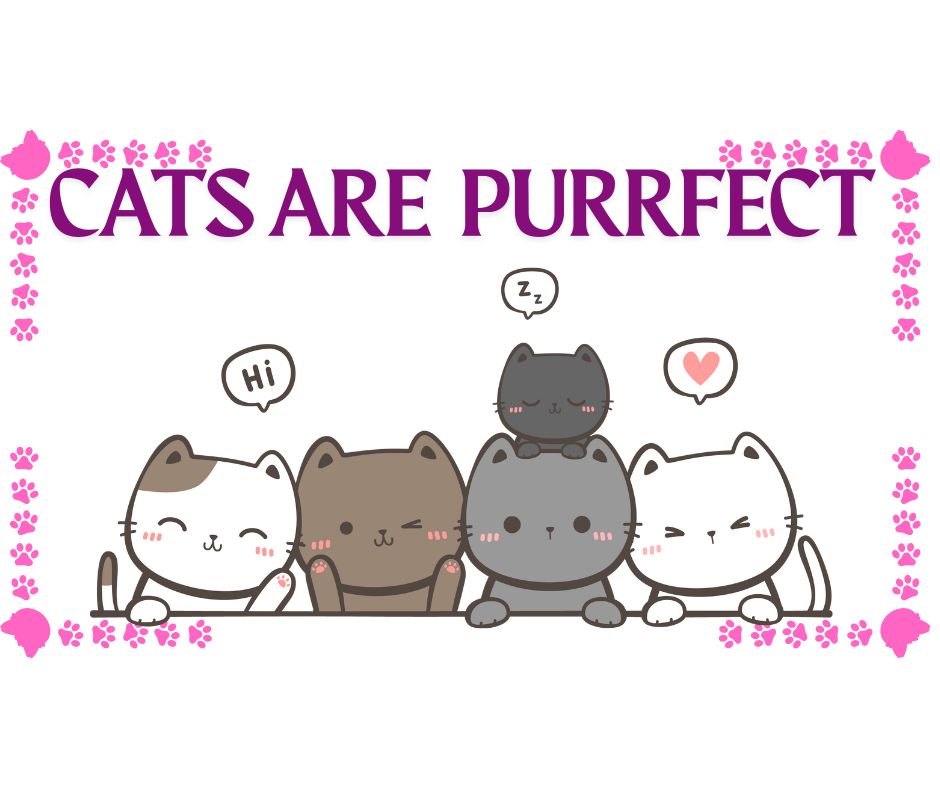The Dangers of Gacha Gaming
October 8, 2020
On the outside, the newly released Genshin Impact looks like a seemingly normal open-world game. There’s a bright world to explore, monsters to defeat, and a colorful cast of characters. However, behind the colorful facade of the world of Teyvat lies a hidden, predatory mechanic: gacha. Gacha as a word comes from Gashapon, a Japanese toy-vending machine system.
Gacha mechanics reside in free-to-play mobile games based on Japanese anime. You take a certain amount of in-game currency, which can either be earned with activities or bought with real money, and spend it on items such as characters and weapons. These items are tiered in their usefulness in the game, with the higher tiers being rarer than the lower tiers. (ex. 5 stars being 1%, 4 stars being 9%, 3 stars being 90%). The catch is that nothing is guaranteed- you have a chance to get the most useful items. You could spend 500 dollars to not get the character you wanted.
What makes gacha worse is that sometimes, the most useful items in the game (which can only be obtained by gacha) are absolutely required to complete some of the game’s content. What initially becomes “free-to-play” becomes “pay-to-win.” It is easy to compare Gacha games to something like gambling with a slot machine, because that is exactly what it is, just under an animated coat of paint. They both prey on the hope that one day, you will get what you want by sheer luck. This tactic works well, a little too well in fact.
These gacha games may have millions of installs, but they make most of their money from a smaller group of players who spends hundreds, even thousands of their savings. These players are known as “whales”, and they spend a lot. The Wall Street Journal made a video recording the tale of Daigo, a 31-year-old who has spent around $70,000 across two years on one of the most popular gacha games, Sony’s Fate: Grand Order, with $2,500 of those dollars spent for one character. 70,000 dollars on most consumer items is absurd, but a picture of an anime girl could be argued as even more absurd by most people.
Daigo’s case isn’t exactly an outlier either- people like him have made, according to the same video, Fate: Grand Order Sony’s “most profitable game ever.” While Daigo is not exactly on the streets because of a couple of anime characters, many like him will spend the same amount of money in much worse financial situations. In fact, the video also focuses on a university student who does not have a stable job. These gacha games, like slot machines in a casino, can and will ruin lives.
Going back to Genshin Impact, it changes some gacha traditions, although not in the best way. Unlike most of its predecessors, the game is also available on PC and PS4, reaching a wide audience of gamers that may have never heard of a gacha game before. Sullygnome.com, a website that records statistics on Twitch, the biggest live-streaming platform for video games, reports a max viewership of 212,000 viewers, grouping it with entertainment giants like League of Legends and Minecraft. Unfortunately, the game has worse percentages than some of the worst gachas, including Fate: Grand Order. According to Mihoyo, the development team behind the game, the chance of getting the objectively best tier of character, 5 stars, is 0.6%, with 4 stars being 5.1%, and the worst tier, 3 stars, being 94.3%. There are many YouTube videos out in the short time of Genshin Impact’s release of people spending hundreds of dollars to not get the character they want.
Although there are systems to counteract this, like getting a guaranteed 4-star character after a set amount of unsuccessful rolls, players will have to either wait several months to get enough currency or break their wallets in half. Some of the content of Genshin Impact’s Spiral Abyss, the hardest part of the game, require multiple copies of the best characters in order to beat it. This makes it impossible for free to play players to progress. The early events in the game are also incredibly easy in comparison, with their purpose being to hook the unaware player into a power fantasy, only to shut them down, forcing them to spend their own cash.
As someone who has put around 10 hours of the game over the weekend, I can personally agree to these claims. I’ve only spent $5, but not getting the characters I wanted made me want to spend more. Gacha games can also profit on the fear of missing out. One of my friends got one of these .6% chance 5-star characters, which made me jealous of him. All these tactics round up to the temptation of getting unaware adults and teenagers to empty the bank.
Gacha games can be fun experiences, even when no money is spent. However, subjects like the designs of the characters and the difficulty of the dungeons are designed to get you to essentially gamble. It is important to recognize that these games are borderline predatory and resist their efforts to siphon your wallet.



miguel • Sep 11, 2021 at 8:11 am
As someone who has played consistently since the game released, yes, gacha always has the potential to affect people with adictive tendencies. But to say that you can’t get what you want unless you spend a great amount of money in Genshin Impact it is simply a lie. I have a myriad of 5 stars and plenty 4 stars with 6C and I’m a very light spender. Do you have to be aware of the Gacha trap? Yes, watch out for the fear of missing out too, as games like this are designed to maximize engagement, but this article shows a shallow research that do not represent the real experience. Again, it’s still gacha and caution is advised.